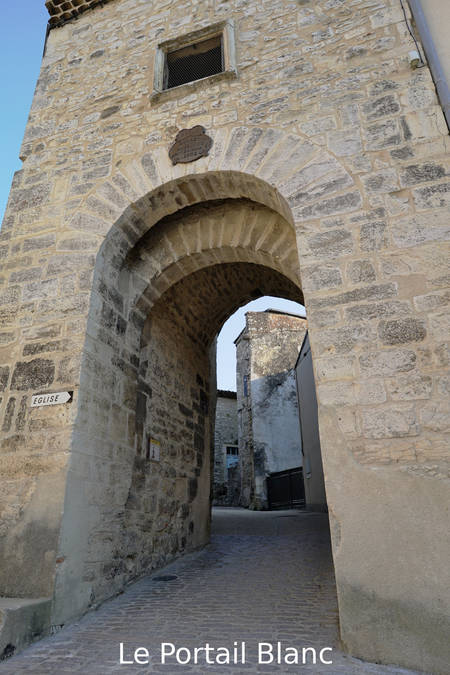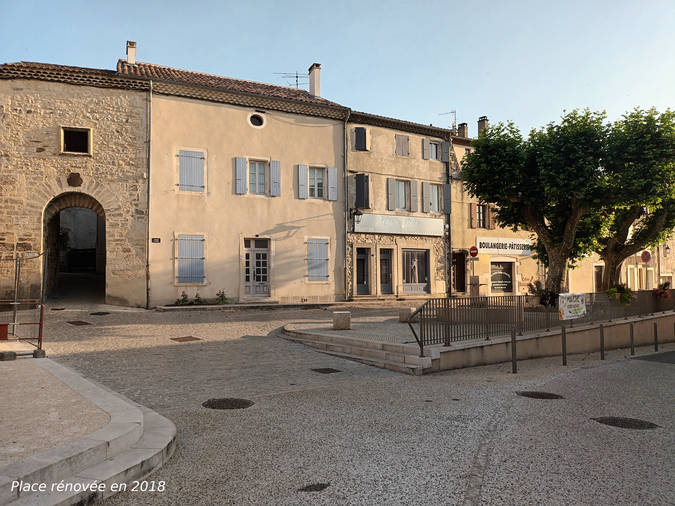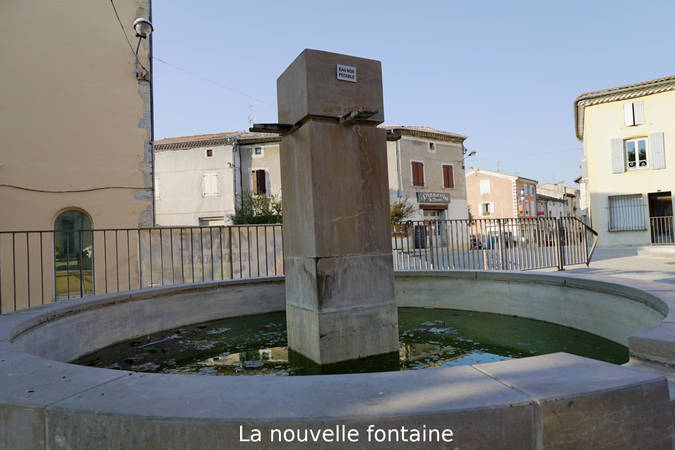non
verifié
verifié
Les derniers commentaires
Envoyer un commentaire
Non connecté
Autres lieux à proximité
2-Tours du rempart extérieur
8-Porte disparue
Visite guidée - village de Sauzet
Balade
Autres lieux associés
Village médiéval de Sauzet
6-Four Banal
7-Ruines d'une maison ancienne






